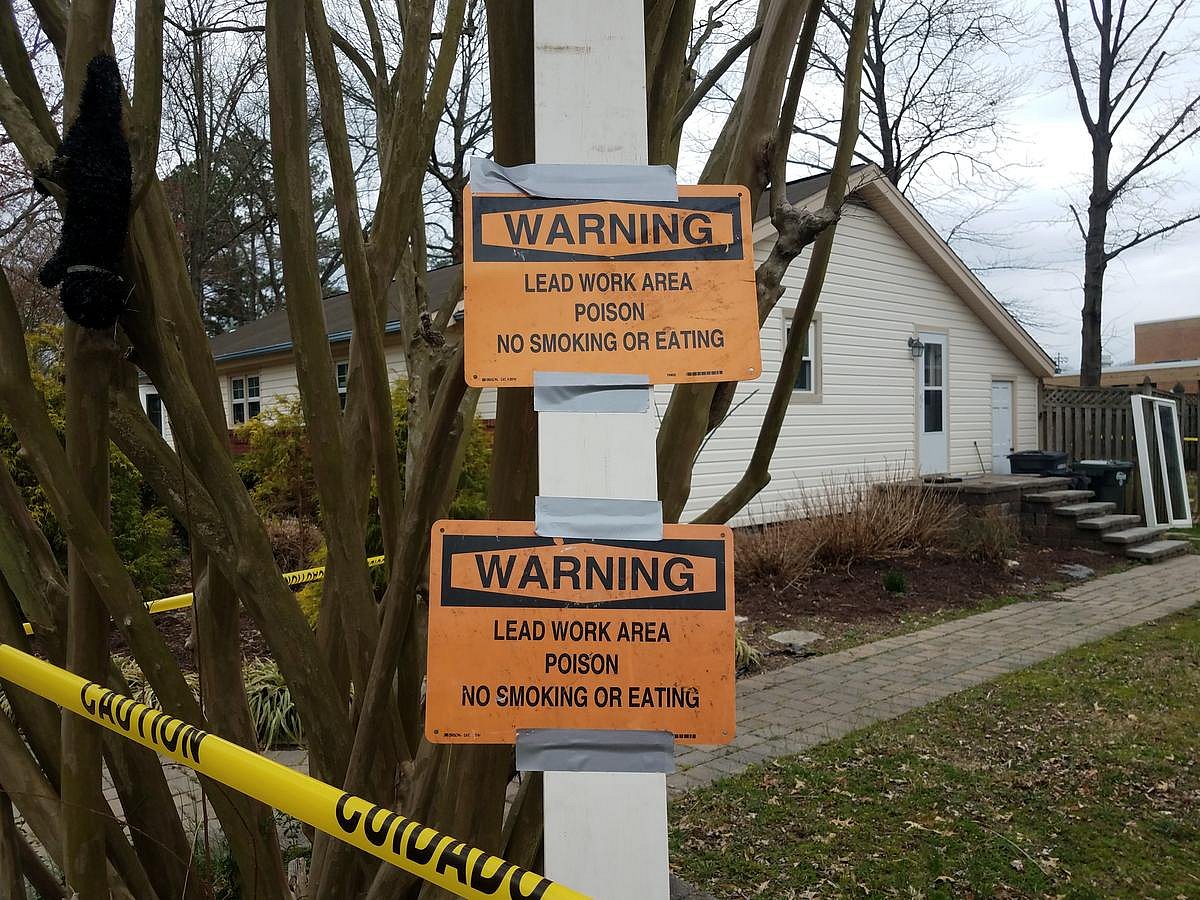(330) 876-1228
8507 Main StreetKinsman, OH 44428
(330) 876-1229

Toxic lead continues to pose a danger to U.S. consumers despite years of progress to reduce exposure, claims a study spanning four states.
"Consumer products were consistently identified as one of the main sources of lead exposure -- and the only identified source in 15 percent to 38 percent of cases -- in investigations of children with elevated blood levels in these four jurisdictions," said Adrienne Ettinger, a professor at Rutgers School of Public Health and author of a commentary that accompanied the findings.
Both were recently published in the journal Environmental Health Perspectives.
Lead can harm many organs in the body, including the heart and veins, kidneys and nervous system. Even minimal exposure can hinder children's development and cause issues ranging from headaches and belly pain to loss of fertility and brain damage.
The United States has enacted numerous laws aimed at preventing lead poisoning, and Ettinger hailed its removal from gasoline and paint as among the biggest public health successes of the 20th century.
But the new review suggests more needs to be done. It looked at consumer goods sold in New York, California, Oregon and Washington state and found lead in products ranging from imported spices, foods and cake-decorating materials to cosmetics and toys.
Researchers called for strengthening both U.S. and international laws to protect consumers and use of a national data bank to track and warn about persistent risks. Products made in nations that have lax or nonexistent regulations often reach the United States through online channels, they pointed out.
"The New York City Department of Health and Mental Hygiene has called for a national data repository of consumer products identified with lead to systematically monitor and allow for better communication of ongoing risks to the public," Ettinger said in a Rutgers news release.
The U.S. Agency for International Development has called for a worldwide effort to eradicate toxic lead from consumer goods, she pointed out.
Meanwhile, the onus is on individuals to stay informed about potential sources of lead contamination. Recalls.gov has information about product recalls from six federal agencies. The nonprofit Consumer Reports routinely tests products for lead.
People who live in homes built before 1950 should take care when renovating due to the likely presence of old, lead-based paint. A professional can offer advice on safe renovation practices to reduce risks.
People who are at high-risk for lead exposure -- such as individuals working in industries that handle lead or those whose hobbies involve lead -- should ask their doctor about a blood test for lead.
"Ensuring that consumer products are free of lead and mitigating historical sources of lead from the production, manufacturing and disposal of consumer goods are critical actions for public health," Ettinger said.
More information
Learn the symptoms of lead poisoning from the Mayo Clinic.
SOURCE: Rutgers University-New Brunswick, news release, Sept. 26, 2024
